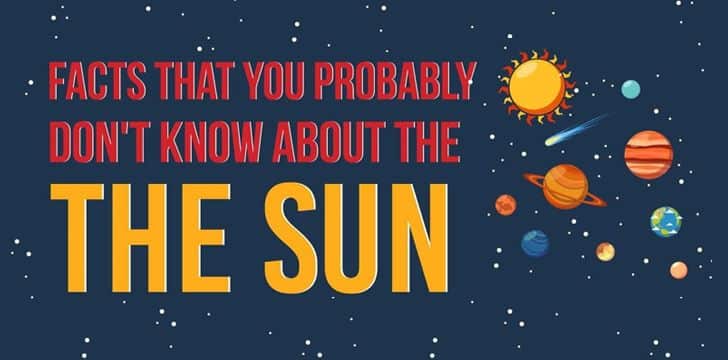Without the sun, we would not be here. Our piece of rock called Earth, which is floating in the expanse of space, would not be habitable by life. It would be far too cold, and no plant-life could photosynthesize.
Our ancient ancestors probably appreciated the sun a little more than we do, as they both feared and worshiped the mass of light in the sky.
We underestimate its power and its significance because we have reduced it to scientific fact.
We now know that it is composed mostly of two gasses: hydrogen and helium.
It is known as a main-sequence star and is a result of nuclear fusion.
This is the process where two lighter atomic nuclei fuse together to produce a heavier atomic nucleus. Without this nuclear fusion, our sun would not be a star.
We may think our sun is impressive, but when compared to the most massive stars in the universe, it is quite small.
Our sun is not so little as a red dwarf, but it is also not so large as the red giants.
Don’t underestimate our sun that is just the right size for our lives, it still makes up more than 99.8% of the mass of the solar system.
Plus, if you thought the 24-hour flight from England to Australia was a bind, then you would be unhappier to circumnavigate the sun, which is 110 times bigger.
It would take a million Earth’s to fill up the space the sun takes in space. We are a full-stop at the end of the novel that is the sun.
If this has whetted your appetite to learn more about the center of our solar system, then you could learn more facts about the sun in this infographic.
Facts That You Probably Don’t Know About The Sun



















